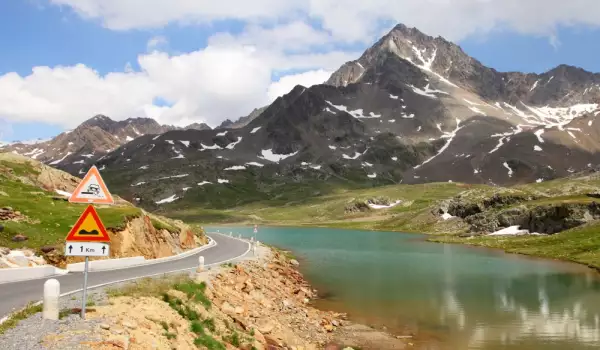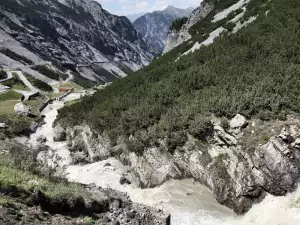Stelvio National Park

Stelvio National Park is located in Italy. The park is the largest park among all historical parks in the country. It lies at the heart of the central Alps and there are beautiful valleys, formed by melting glaciers. Majestic ridges and high mountain meadows are crossed by sparkling streams that spring from perennial glaciers and form the landscape of the park. Many rare species of animals and plants live in the park. Stelvio National Park covers an area of 130 700 hectares. Within the park is the Ortles-Cevedale massif.
The idea to preserve the beauty of wildlife in this area is formed in the early twentieth century and was implemented in 1935. At the beginning, the park covers an area of 96 000 hectares. In the seventies of last century this area was increased to 134 600 hectares. In 2006 a presidential decree had set new boundaries of the park. Its boundaries excluded the valley Val Venosta.
Stelvio National Park has various types and sizes of alpine formations – like the glacier Ortles, which is located at 3905 m altitude. The park has wild forests, cultivated lands, mountain villages, where year-round people live, but also cities. Hydrogeological conditions in the park are unique because it is a place where you can see sparkling mountain streams and glacial lakes.
Stelvio National Park was established by special law. Since the early seventies of last century the park management was entrusted to the Autonomous Province of Bolzano and Trento. The park is managed by a consortium composed of four committees. The control of the territory in which the park is located is entrusted to the National Forest Service in Lombardy. Several valleys descend from the great mountain ranges of the Stelvio National Park. They were formed by erosion caused by melting glaciers.

Every valley has unique characteristics: Val Venosta has alluvial cones, the valley Val Martello is located near Mount Cevedale, valley Trafoi is located near Ortles and many ice-covered peaks. Val d'Ultimo is a green valley, rich in water and lakes, and Valle del Peio is famous for its mineral and curative waters. Val Zebrù is known for its beautiful herds of deer and mountain goats, valley Adda is characterized by overhanging limestone walls and rocks.
Among the valleys of the park are the remains of ancient roads that passed through various minerals. On the road from Bormio to Torri di Fraele was raised an important medieval trading town, which is called Glorenza. The city walls are still preserved and attract many tourists who want to experience the ancient times. Colonization of areas, which were used for summer mountain pastures, began in the thirteenth century.
The park has many rocks consisting mainly of limestone and dolomite. In some areas it is possible to find quartz. Thanks to the combined action of ice and water countless small alpine lakes of rare beauty have formed, and melting glaciers cause continuous sliding of soil and sand.
Because of the presence of man in the park, the big predators are missing. You can often see foxes, ermine, marmots, squirrels, rabbit, badgers and weasels. In the park live crows, woodpeckers, grouses, buzzard hawks, golden eagles and owls.















